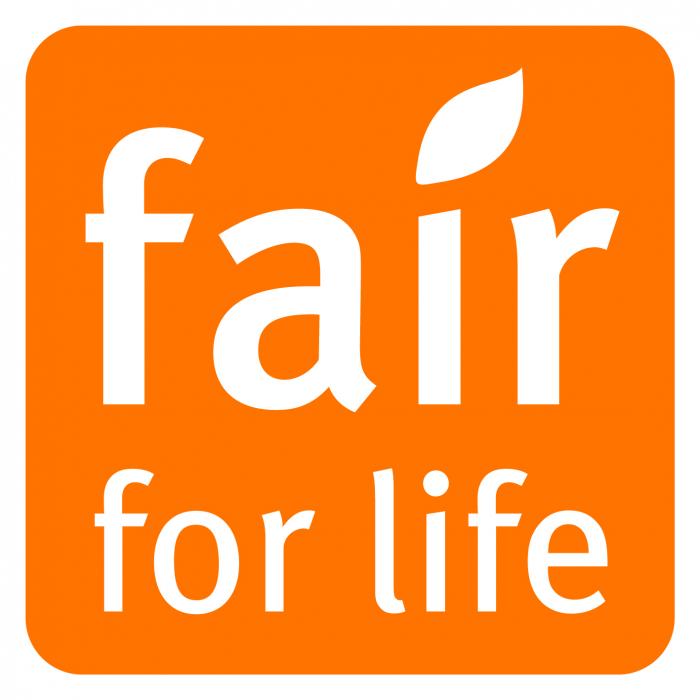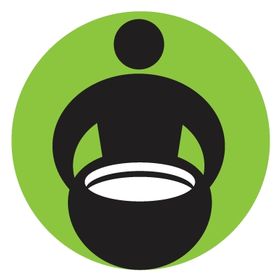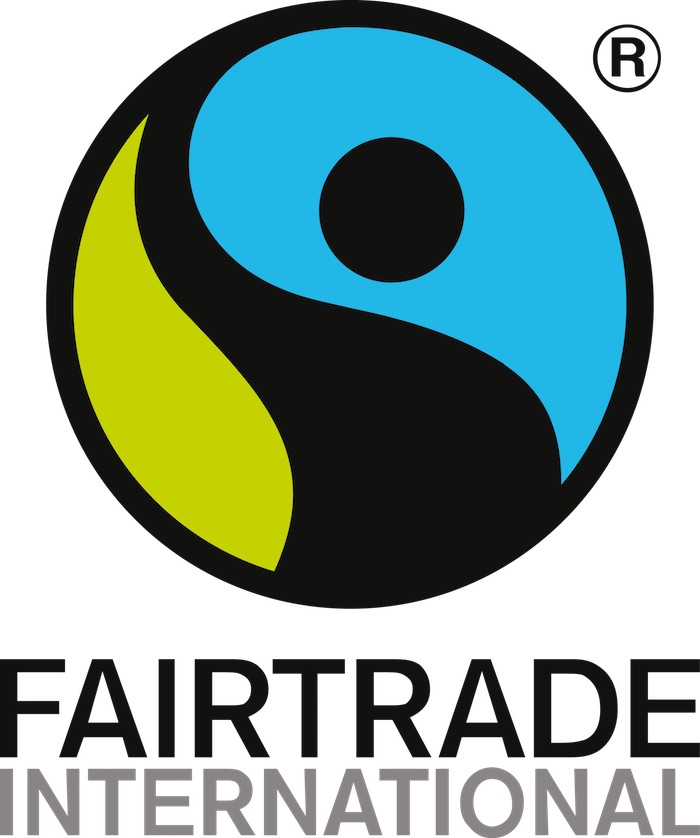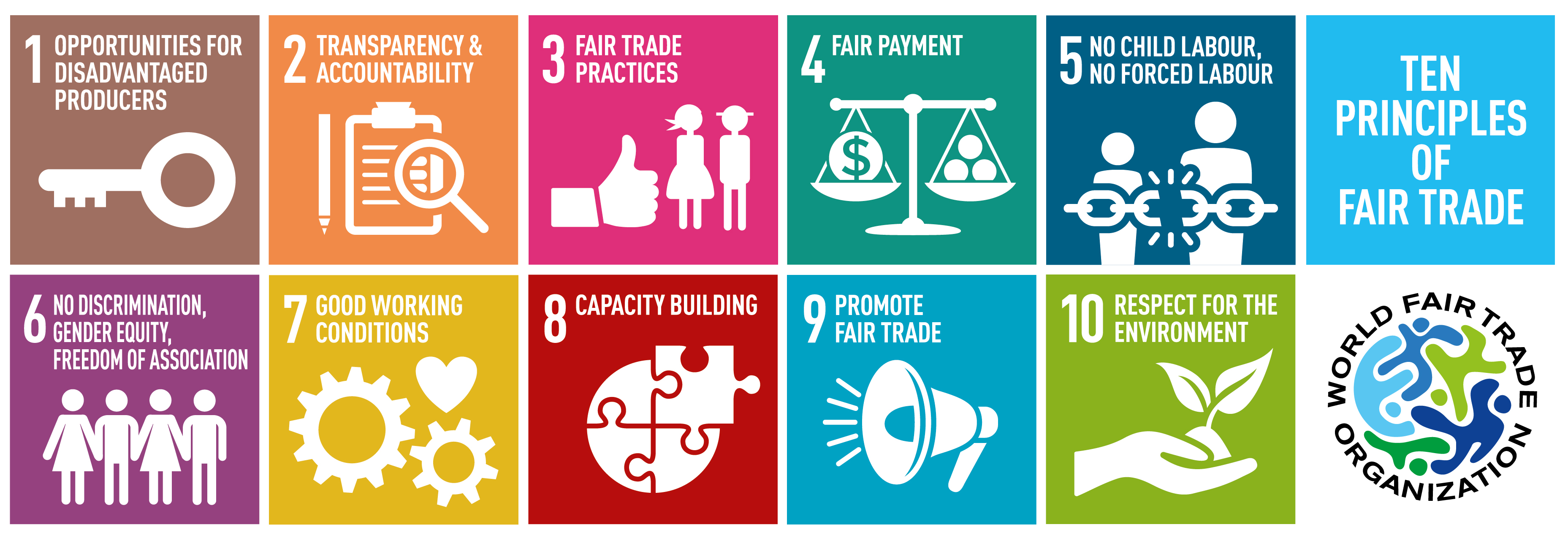- What is fair trade?
- Who benefits from fair trade?
- What do fair trade certified products mean?
- Who certifies products as fair trade?
- What are the popular fair trade certified products?
- Who governs the fair trade standards?
- What's the history of fair trade in North America?
What is Fair Trade?
- Fair trade is a market based economic system through which workers, artisans and farmers are paid a living wage for their work and environmentally sustainable practices are used.
- Fair trade is an approach to business and to development based on dialogue, transparency, and respect that seeks to create greater equity in the international trading system.
- Fair trade supports farmers and craftspeople in developing countries who are socially and economically marginalized. These producers lack economic opportunity and often face steep hurdles in finding markets and customers for their goods.
- Fair trade is much more than just trade. At the core of the fair trade model is a direct, cooperative, and in-depth relationship between buyers and sellers that keeps all of the principles of fair trade at the forefront.
Fair trade is about making a tremendous impact on artisan and farmer communities while offering great products to the public.
Fairly traded clothing, flowers, coffee, food, furniture, home decor, housewares, jewelry, tea, toys, personal accessories, and many other products are available from Fair Trade Organizations. Communities are improved; nutritional needs met; health care costs are covered; the poor, especially women, are empowered; the environmental impact of production, sourcing, and transport is mitigated to the fullest extent possible. Such an impact is created because fair trade approaches development as a holistic process.
Who benefits from fair trade?
- Producers
-
- Empowers producers as stakeholders in their own organization.
- Empowers producers to achieve greater equity in international trade.
- Provides social and environmental standards for production.
- Ensures healthy living conditions and safe working environments.
- Establishes a fair price for products.
- Provides economic security and self-sufficiency.
- Provides a steady market for handicrafts, coffee, cocoa, sugar, tea, bananas, honey, cotton, wine, fresh fruit, chocolate and flowers.
- Consumers
-
- Provides access to quality agricultural and artisan items, often not available in our own hemisphere.
- Allows the consumer to support social and economic justice with his or her pocketbook.
- Provides a wide selection of arts and crafts which enhance our lives and increase our appreciation of other cultures.
- Global Community
-
- Provides a model for long-term trade relationships, which can generate revenue to provide health clinics, education, and other services.
- Provides entrepreneurial education and opportunity, to formerly disadvantaged producers.
- Environment
-
- Encourages environmentally sustainable practices in farming and use of natural resources.
What Do Fair Trade Certified Products Mean?
- Safe wages
- Safe working conditions
- No child labor or forced labor
- Environmentally substainable practices
- Democratic-desision making process
- Direct trade between sellers and producers
What are the popular fair trade products?
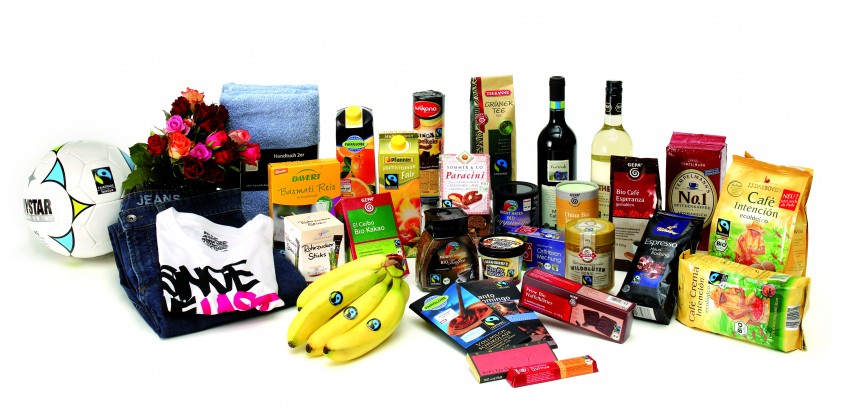 Clothing, coffee, flowers, food, furniture, home decor, housewares, jewelry, tea, toys, personal accessories, and many other products.
Businesses in Philadelphia that sell fair trade products can be found here. Looks for products with these fair trade certified seals/signs.
Clothing, coffee, flowers, food, furniture, home decor, housewares, jewelry, tea, toys, personal accessories, and many other products.
Businesses in Philadelphia that sell fair trade products can be found here. Looks for products with these fair trade certified seals/signs.
Who certifies products as fair trade?
Below are various certifications for commodities, with the Fair Trade Federation servicing as a membership organization.
Who governs the fair trade standards?
 The Fair Trade Federation (FTF) is the trade association that strengthens and promotes North American organizations fully committed to Fair Trade. Their principles are adapted from the standards of the World Fair Trade Organization to focus on businesses operating in North America. They provide an overarching framework for members and other fair traders. More at Fair Trade Federation's web site.
The Fair Trade Federation (FTF) is the trade association that strengthens and promotes North American organizations fully committed to Fair Trade. Their principles are adapted from the standards of the World Fair Trade Organization to focus on businesses operating in North America. They provide an overarching framework for members and other fair traders. More at Fair Trade Federation's web site.
World Fair Trade Organization: 10 Principles of Fair Trade
What's the history of fair trade in North America?
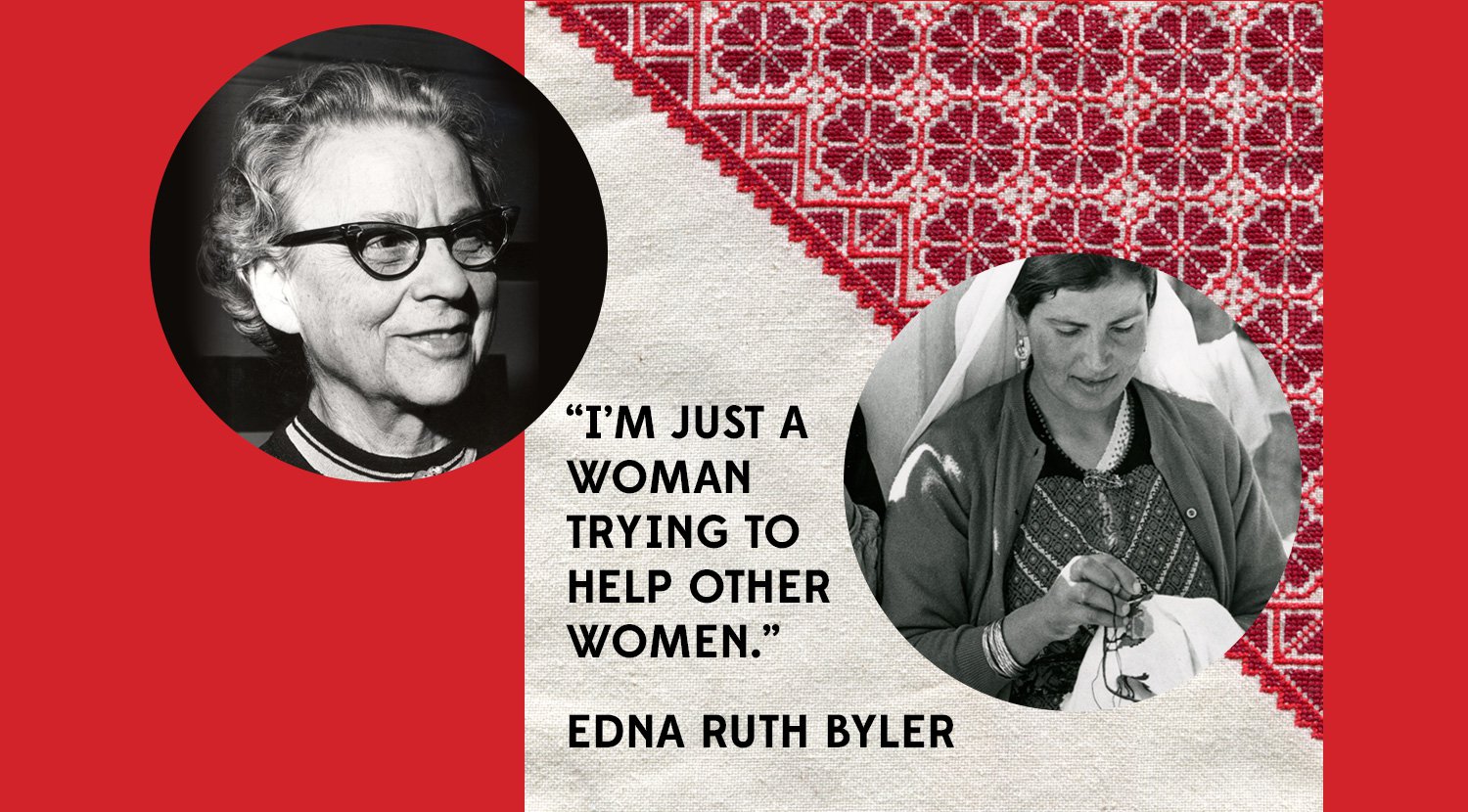 Fair trade traces its roots to 1946 when Edna Ruth Byler, a volunteer for Mennonite Central Committee (MCC), visited an MCC sewing class in Puerto Rico where she discovered the talent the women had for creating beautiful lace and the extraordinary poverty in which they lived despite their hard work. She began carrying these pieces back to the United States to sell and returning the money back to these groups directly. Her work grew into Ten Thousand Villages, which opened its first fair trade shop in 1958 and is now the largest fair trade retailer in North America. In 1949, Sales Exchange for Refugee Rehabilitation and Vocation (SERRV International) began helping refugees in Europe recover from World War II. Today, they support artisans in more than 35 countries.
Fair trade traces its roots to 1946 when Edna Ruth Byler, a volunteer for Mennonite Central Committee (MCC), visited an MCC sewing class in Puerto Rico where she discovered the talent the women had for creating beautiful lace and the extraordinary poverty in which they lived despite their hard work. She began carrying these pieces back to the United States to sell and returning the money back to these groups directly. Her work grew into Ten Thousand Villages, which opened its first fair trade shop in 1958 and is now the largest fair trade retailer in North America. In 1949, Sales Exchange for Refugee Rehabilitation and Vocation (SERRV International) began helping refugees in Europe recover from World War II. Today, they support artisans in more than 35 countries.
In the late 1970s and early 1980s, US- and Canadian-based entrepreneurs who defined their businesses with the producers at heart began to meet regularly, exchange ideas, and network. This informal group, known as the North American Alternative Trade Organization (NAATO) would evolve into the Fair Trade Federation and formally incorporate in 1994. In 1989, the World Fair Trade Organization (formerly IFAT) was founded as a global network of committed fair trade organizations, aiming to improve the livelihoods of disadvantaged people through trade and to provide a forum for the exchange of information and ideas.
 In 1988, as world coffee prices began to sharply decline, a Dutch NGO, Solidaridad, and a farmer organization, UCIRI, created the first fair trade certification initiative. Named after a best-selling 19th century novel, the Max Havelaar label initially applied only to coffee in the Netherlands, but similar labeling initiatives grew up independently across Europe within a few years. In 1997, these organizations created Fairtrade Labelling Organizations International (FLO), an umbrella organization which sets the fair trade certification standards and supports, inspects, and certifies disadvantaged farmers. There are now several fair trade labor certification systems in the US market, including Fair Trade International USA, Fair Trade USA, and IMO Fair for Life.
In 1988, as world coffee prices began to sharply decline, a Dutch NGO, Solidaridad, and a farmer organization, UCIRI, created the first fair trade certification initiative. Named after a best-selling 19th century novel, the Max Havelaar label initially applied only to coffee in the Netherlands, but similar labeling initiatives grew up independently across Europe within a few years. In 1997, these organizations created Fairtrade Labelling Organizations International (FLO), an umbrella organization which sets the fair trade certification standards and supports, inspects, and certifies disadvantaged farmers. There are now several fair trade labor certification systems in the US market, including Fair Trade International USA, Fair Trade USA, and IMO Fair for Life.
Since 2000, fair trade sales and consumer awareness have increased tremendously, as the range of fair trade organizations has also expanded. From the early days of lace and home decor, handmade items now include clothing, sports equipment, toys, and other items. From its initial focus on coffee, fair trade product certification has expanded to tea, chocolate, sugar, vanilla, fruit, wine, and much more. In 2002, the first World Fair Trade Day was celebrated to heighten consumer awareness and to strengthen connections among fair traders and interested citizens around the globe. In 2006, IFAT reported that total fair trade sales topped $2.6 billion.
From its early days in Pennsylvania, fair trade continues to move forward across the globe, because of the efforts of consumers, entrepreneurs, non-governmental organizations, and other communities.
